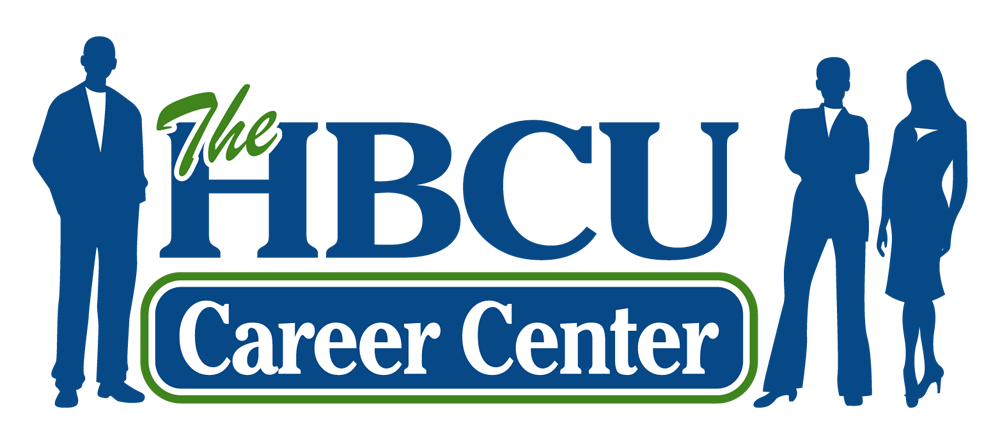Do You Have a Tilly Norwood in Your Office?
AI Actress, Tilly Norwood
Dr. Marcia F. Robinson is a senior certified HR professional, diversity strategist, and curator of TheHBCUCareerCenter.com job board. She advises organizations on building inclusive talent pipelines and improving diversity recruiting outcomes.
Lately, I’ve been asking leaders and workers these questions—not as a joke, but as a real test of awareness: Do you have a Tilly Norwood in your office? Is there room for such a team player?
If you haven’t met her yet, Tilly Norwood isn’t a person. She’s an AI “colleague.” A digital character who is “working” in film.
When I first heard about Tilly, the reporter talked about “her working in films and being cast for roles.” My immediate thought was - Is it still called work if Tilly does it?
So, while you may not have onboarded “Tilly” by name, the truth is—your organization probably already has a version of Tilly showing up in the workflow. We’ve had Siri in our lives for a while - why not a Tilly?
The Rise of AI Characters
AI isn’t just about productivity apps and chatbots anymore. We’re moving into an era where entire “characters” are built with personalities, voices, hobbies and even workplace “roles.” Some are highly visible—like avatars in customer service. Others are invisible, tucked into the tools that your employees already use. They’re drafting memos, creating reports, and generating insights before the human team even gets going for the day. It’s getting harder and harder to even know what in the workflow was created by human team members and what was generated by AI team members.
So, for leaders, this evolution introduces new workplace dynamics: Who exactly is doing the work? How visible is this contribution? And how do employees feel when a “colleague” with no paycheck or PTO starts shaping the workflow? What’s going to happen with compensation?
Emerging Definitions of “Work”
The presence of AI characters forces us to rethink what counts as “work.” If Tilly generates the first draft of your policy, and a human edits it, who owns the outcome? If Tilly scans 1,000 résumés in an hour while your recruiter focuses on interviews, where is the value really being created? Which phase is more important?
Work is being redefined—not just by efficiency metrics, but by what we think only humans can bring for now: judgment, creativity, empathy, and culture-shaping versus what the humans bring.
Right now we are using the workplace words we know to describe this emerging phenomena, but that surely must change. As Tilly and friends enter the workplace, leaders will have to investigate, clarify and reframe these boundaries for their people. Otherwise, resentment or confusion will fill the silence.
What Tilly Cannot Do
Despite her speed, accuracy, and tireless output, right now Tilly Norwood has hard limits. She cannot:
Fully build trust. Real relationships are built on vulnerability, accountability, and shared human experience. AI doesn’t live those.
Understand context beyond data. Tilly can analyze trends, but she can’t feel the weight of history, organizational politics, or personal ambitions in a decision.
Model courage. AI can recommend actions, but it won’t risk reputation, challenge the status quo, or fight for inclusion the way a bold leader must.
That’s the lesson for every organization right now. Tilly can be a brilliant teammate, but she’s not a culture-builder, and she’s not a leader. And, at first, she may be super divisive. But, will she bring more division than benefits?
Reasoning through that, is the work that still belongs squarely to us.
So I’ll ask again—do you have a Tilly Norwood or a Billy Norwood, for that matter, in your office? Are you planning to get one…or a few?
If so, have you clarified what T/Billy can do, can’t do, and how this presence reshapes the definition of work for your human teams?

